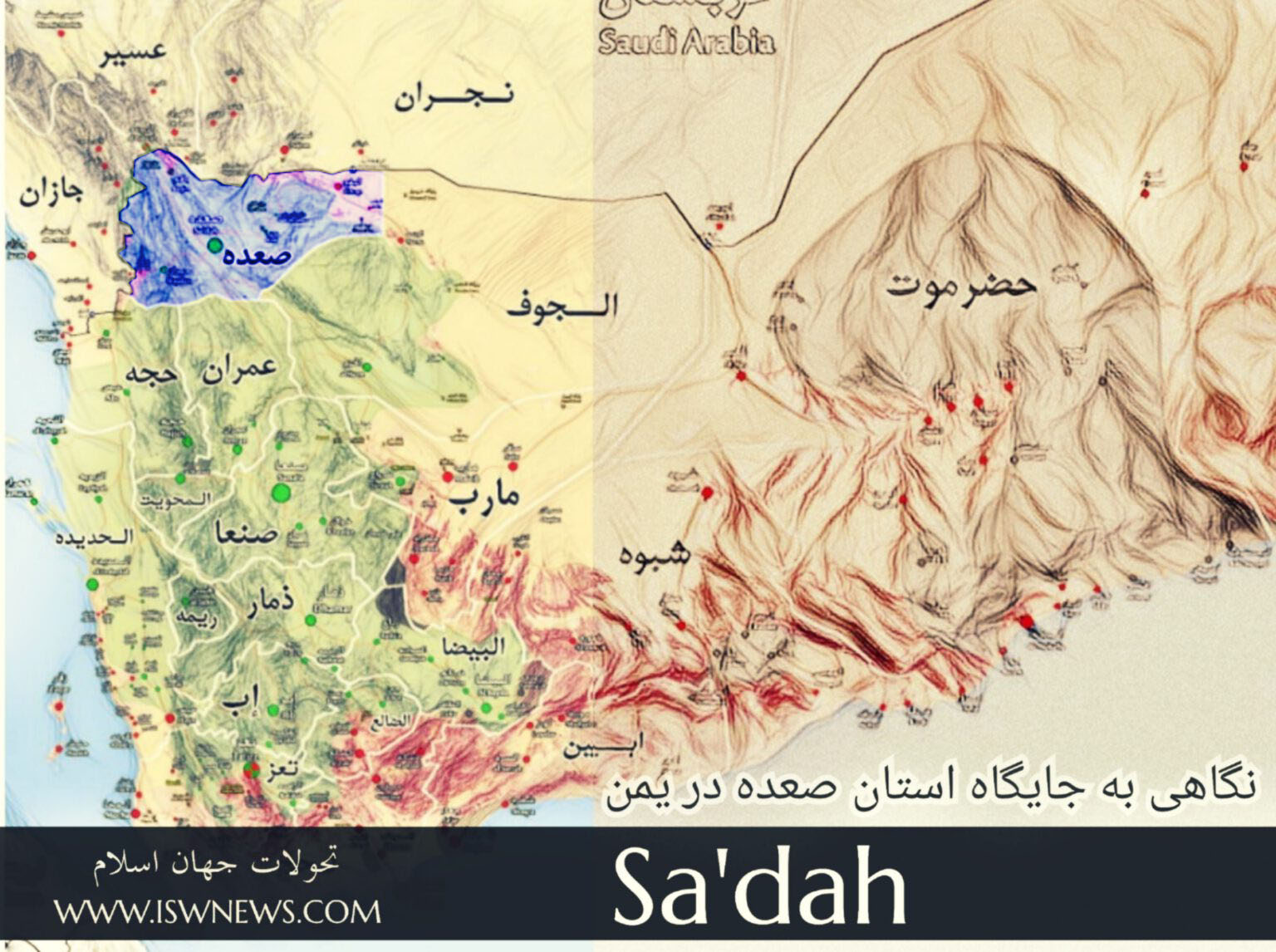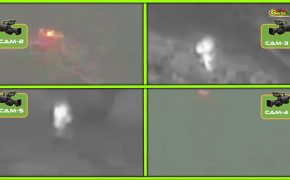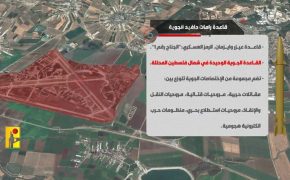Know Yemen better: Looking at position for Saadah province in Yemen

Investigating the status of the province of Saadah and its role in the developments of Yemen
Saadah is a northern province in Yemen with more than 700 thousand population and 11,375 km2 area. The province has 15 districts including Hashwah, Safra, Zaher, Baqim, Hidan, Razih, Saqin, Saher, Shada, Saadah, Ghamar, Qatabar, Kitaf, Mujiz and Munbah.
Agriculture and herding are the occupation of most of the people. Handicrafts and minerals in Saadah brought business opportunities for inhabitants of Saadah.
Most of western part of the province are suitable for agriculture and has mines due to heights and suitable weather. The eastern part is desert and dry, in which herding is more suitable.

Saadah used to be en route to Yemeni Hajj and trade caravans thus, had economic boom, cultural and art development.
Saadah has several old bazaars including Soq al-Talh, Soq al-Qadin and Soq al-Asbu’ei, each of which has a daily trade schedule such as handicrafts, coffee, fruits, etc.
Saadah is important in controlling the northern part of Yemen and its northern heights are obstacles for enemy’s invasion. During the Zaidi ruling, Saadah was their capital.
Notable people of Saadah include martyr Sayyid Hussein Badreddin al-Houthi who is recognized as the leader and founder of Yemen’s revolution. Sayyid Hussein had a key role in enlightening and expanding the Islamic resistance idealogy in Yemen. He is among the founders of Ansar Allah in Yemen in 1986 as “Believing Youth Union” (اتحاد الشباب المؤمن).
This movement founded under leadership of Shia scholar Salah Ahmed Falitah and pioneer youths such as Sayyid Muhammed Badreddin al-Houthi (Sayyid Hussein’s brother) and then in 1990 had Muhammed Yahya Azzan and then Sayyid Hussein Badreddin al-Houthi as secretary general.
The expansion of the movement was known with the name of Sayyid Hussein Badreddin al-Houthi, thus it was famous as Houthis and after his martyrdom and leadership of Sayyid Abdul-Malik Badreddin al-Houthi and his strong management, it was called Ansar Allah Movement.
Sayyid Hussein martyred on September 10, 2004 in heights of Saadah after several years of fight with Ali Abdullah Saleh since 1990. His body delivered to Ansar Allah after several years and buried in Marran heights, northwest of Hidan, which was bombed by Saudi coalition warplanes in 2015.
Important tribes of Saadah are three: Khulan, Bakil and Hashed, which have important role in fighting against Saudi coalition.
In early years of Yemen’s revolution, Wahhabist immigrants of Dammaj village, southeast of Saadah, assaulted Ansar Allah. The intrigue was expelled by exiting Wahhabists from Saadah in early 2014. Al Abdin tribe also had conflict with Ansar Allah outskirts of Saadah which finished by victory of Ansar Allah.
Since the invasion of Yemen started, Saadah become a main axis for Saudi coalition.
Saudi coalition operation to occupy Saadah was launch from three axes:
1. Northern axis (Alab-Saadah road in Baiqm district)
2. Eastern axis (al-Boqa to Kitaf)
3. Western axis (Malahit to Marran heights),
which almost all of Saudi coalition operations were expelled by Ansar Allah so far.
Among the reason of this defeat are the heights of north and special terrain of Saadah, Ansar Allah’s dominance on the region, Ansar Allah’s resistance and tactics against Saudi coalition, among which operation “Nasr Min Allah” is a famous example.





Comment